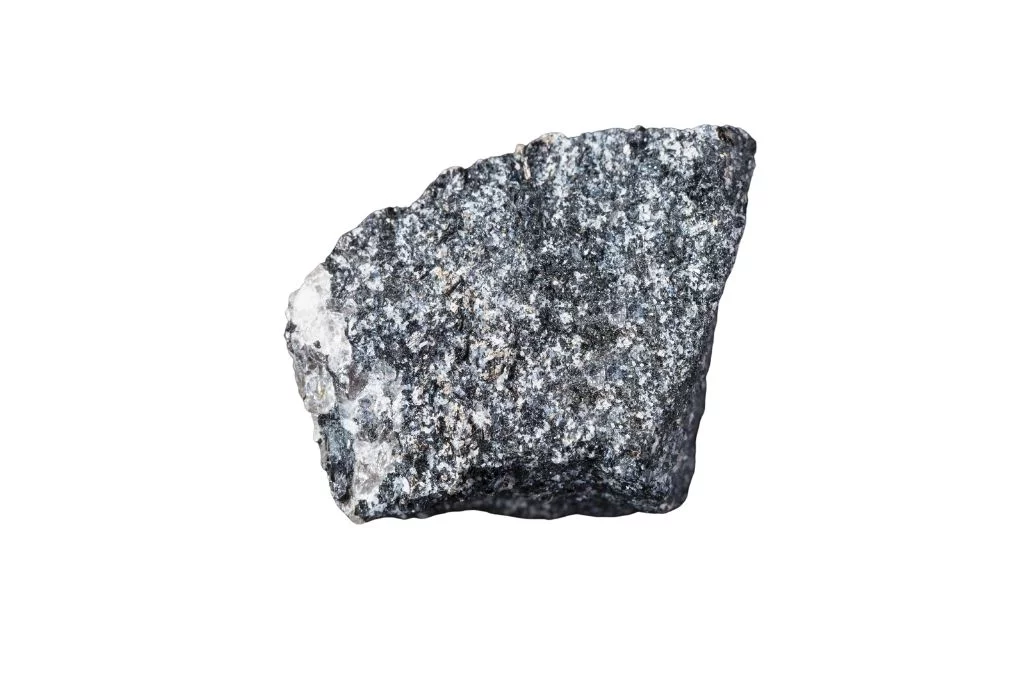Physical Appearance of Amphibole
Amphibole crystals are renowned for their diverse and striking appearance. These minerals typically form elongated, prismatic crystals with a distinctive columnar or needle-like structure. The crystal habit of amphiboles is often described as fibrous or acicular, contributing to their unique visual appeal.
Color Variations
One of the most captivating aspects of amphiboles is their wide range of colors. These minerals can be found in various hues, including green, black, brown, blue, and even white. Some amphiboles, like hornblende, are commonly dark green to black, while others, such as tremolite, can be colorless or pale green. The color variations are largely due to differences in chemical composition and the presence of trace elements.
Structural Characteristics
Amphiboles are characterized by their double chain silicate structure, which gives them their distinctive prismatic form. This structure also contributes to their perfect cleavage, typically at angles of 56° and 124°. When viewed in cross-section, amphibole crystals often display a diamond-shaped or rhombic outline, a feature that sets them apart from other minerals.
Notable Physical Properties
Amphiboles are known for their hardness, typically ranging from 5 to 6 on the Mohs scale. They also exhibit a vitreous to silky luster, which can be particularly striking in well-formed specimens. Some amphiboles, like actinolite, may display a chatoyancy effect, creating a mesmerizing cat’s eye appearance when cut as a cabochon. Additionally, certain amphibole varieties, such as crocidolite (blue asbestos), are known for their fibrous nature, though these are less commonly encountered due to health concerns.
Historical and Cultural Significance of Amphibole
Amphibole, a group of dark-colored silicate minerals, has played a significant role in various cultures throughout history. Ancient civilizations, such as the Greeks and Romans, utilized amphibole-containing rocks for construction and decorative purposes. In some indigenous cultures, amphibole minerals were believed to possess spiritual properties and were used in rituals and ceremonies.
Metaphysical Associations
In the realm of crystal healing and metaphysics, amphibole minerals are often associated with grounding and protection. Practitioners believe that these minerals can help balance emotions, enhance intuition, and promote spiritual growth. Some claim that amphibole can assist in connecting with Earth energies and facilitate communication with nature spirits.
Common Uses and Applications
Amphibole minerals have a wide range of practical applications in modern times. They are commonly used in the manufacturing of insulation materials, roofing products, and fireproofing compounds. In the construction industry, amphibole-containing rocks are utilized for their durability and heat-resistant properties. Additionally, some amphibole varieties, such as nephrite jade, are prized in jewelry making and ornamental carving.
Traditional and Modern Benefits
Traditionally, amphibole minerals were believed to offer protection against negative energies and promote physical healing. In modern alternative medicine practices, some people use amphibole crystals for meditation and energy work, claiming they can help alleviate stress and anxiety. However, it’s important to note that these beliefs are not scientifically proven, and amphibole minerals should be handled with caution due to potential health risks associated with certain varieties.

